
Exhibitions
INVENTIONS – passion and dreams
The exhibition explores some of the inventions that helped create the world as we know it today. Some have radically changed the world, some have laid the cornerstone to Danish industry adventures, while others never made it past a prototype.
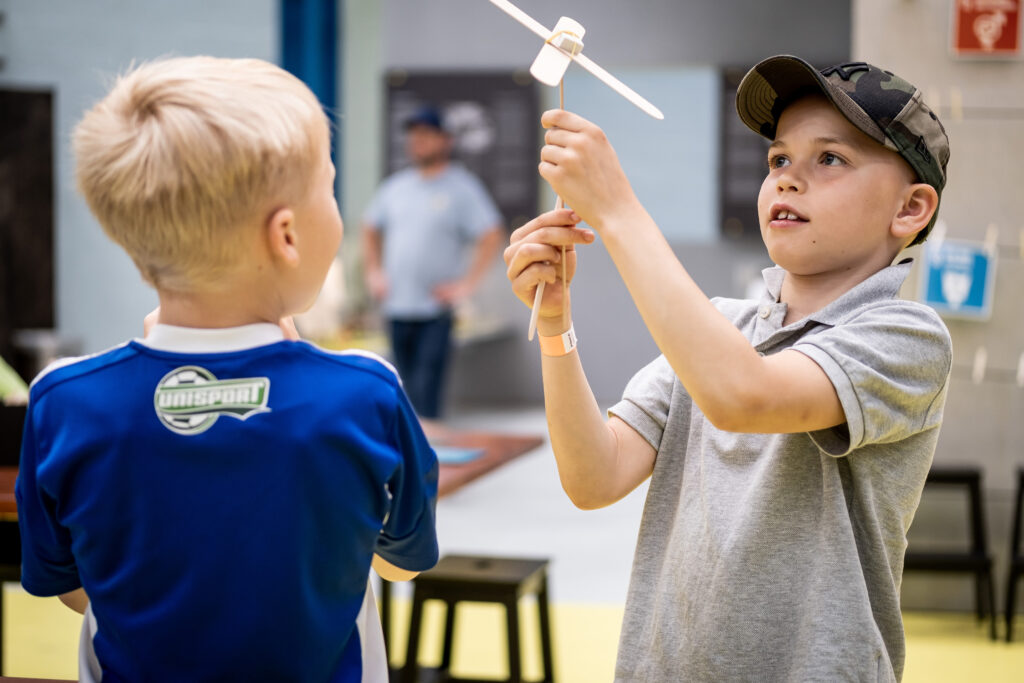
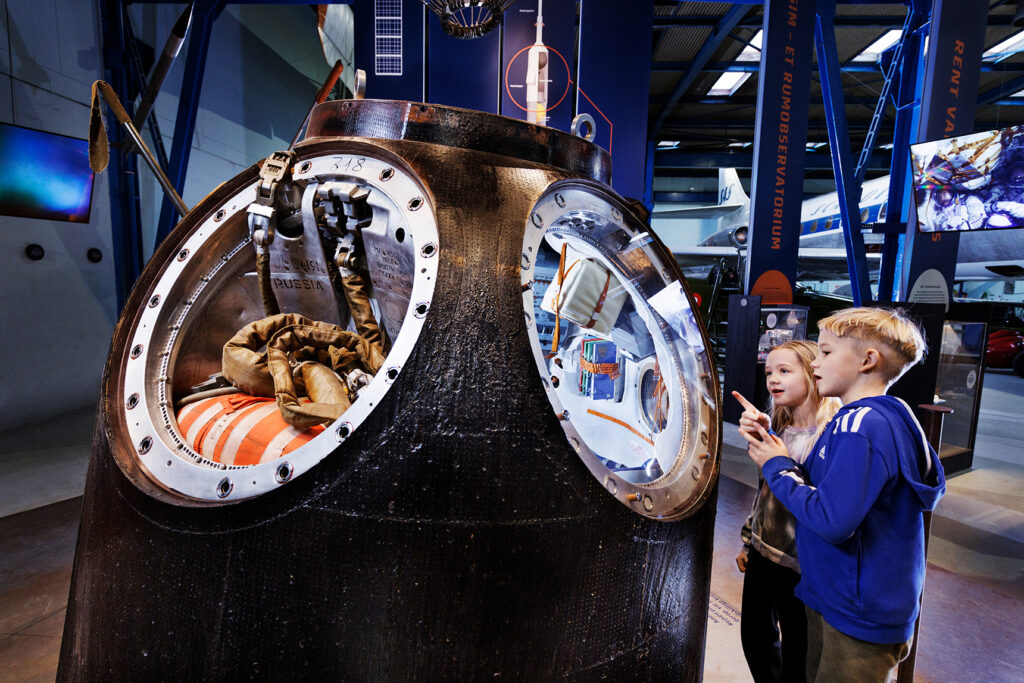
10 DAYS IN SPACE
2 million horsepower were required to send Andreas Mogensen into space. After 10 weightless days, he returned to Earth at 28,000 km per hour! It doesn’t get much bigger than that. Now you can join his journey into space, by visiting the exhibition 10 DAYS IN SPACE.
gamer
Games can transport us into incredible worlds, that keep us engrossed for hours at a time, and provides a break from the trivialities of everyday life. GAMER gives you the chance to take a nostalgic trip down memory lane with old game consoles and iconic arcade machines from the 70’s and 80’s. Duel your friends and family in old classics like Space Invaders! and Pac-Man.
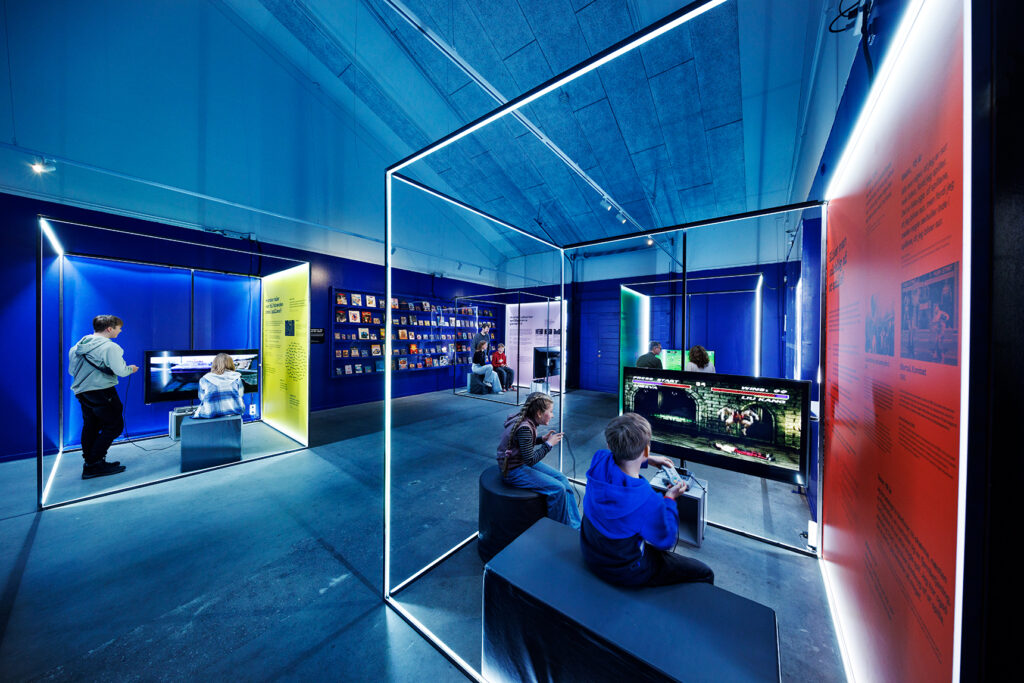
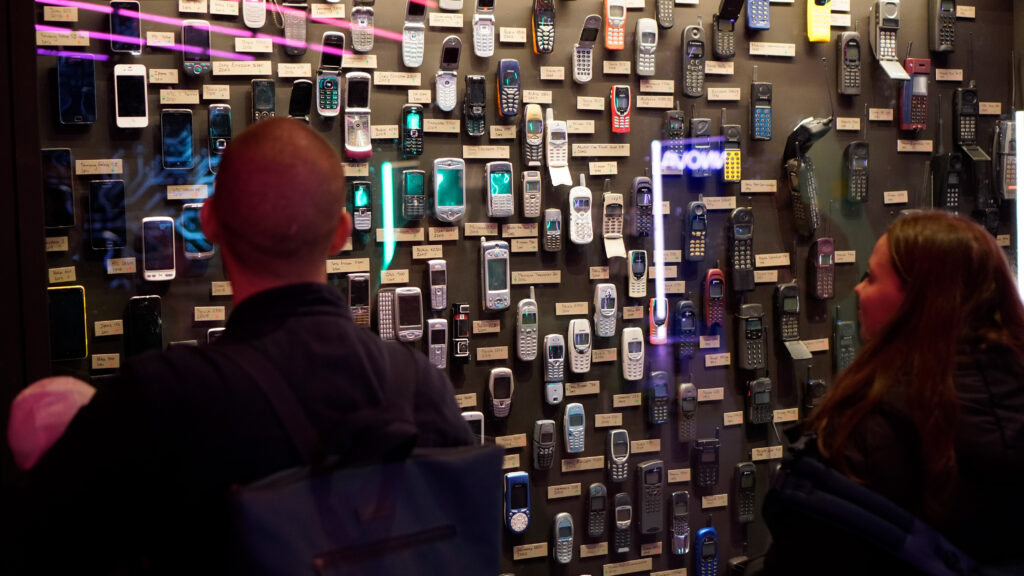
Smartphonemania
The exhibition is about communication and how technological objects influence the way we socialize with each other. The exhibition is centered on an everyday object we all know, namely the smartphone. By exploring the history of the smartphone, you will gain insight into the different developments and innovations that has made the invention of the smartphone possible.
Freedom on two wheels
The exhibition gives a new perspective on an everyday technology most of us takes for granted. The bike. Experience the evolution of the bike, and see all the funny-looking, cool, and silly bikes from the last 200 years. The oldest one is a running bike from 1819 and the newest was used by the Danish national track team for men, when they won gold in the World Championship in 2020.
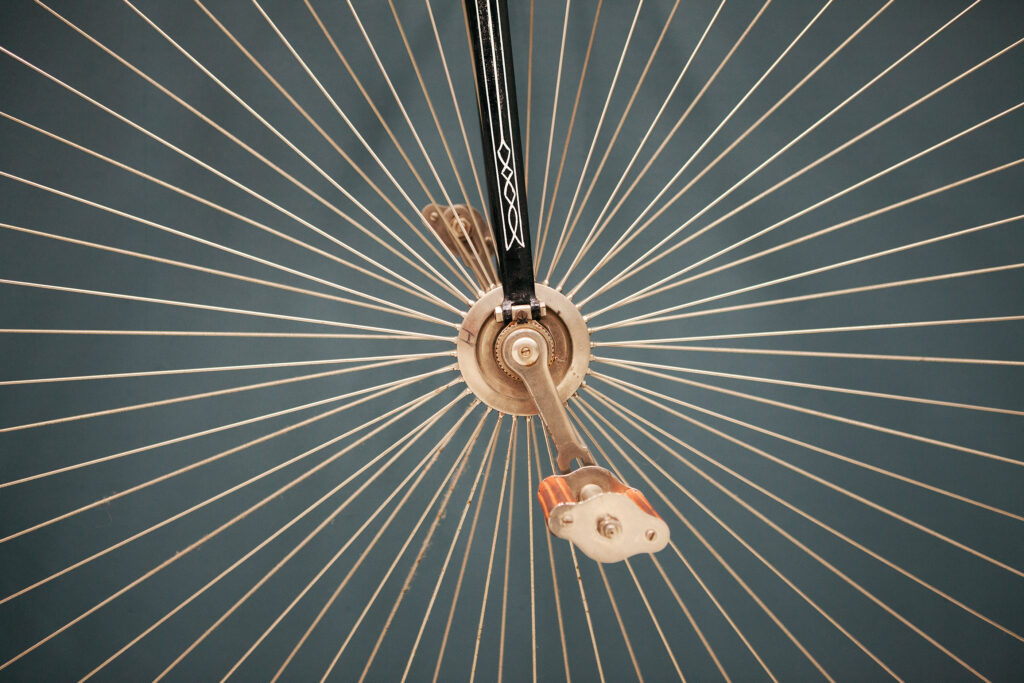
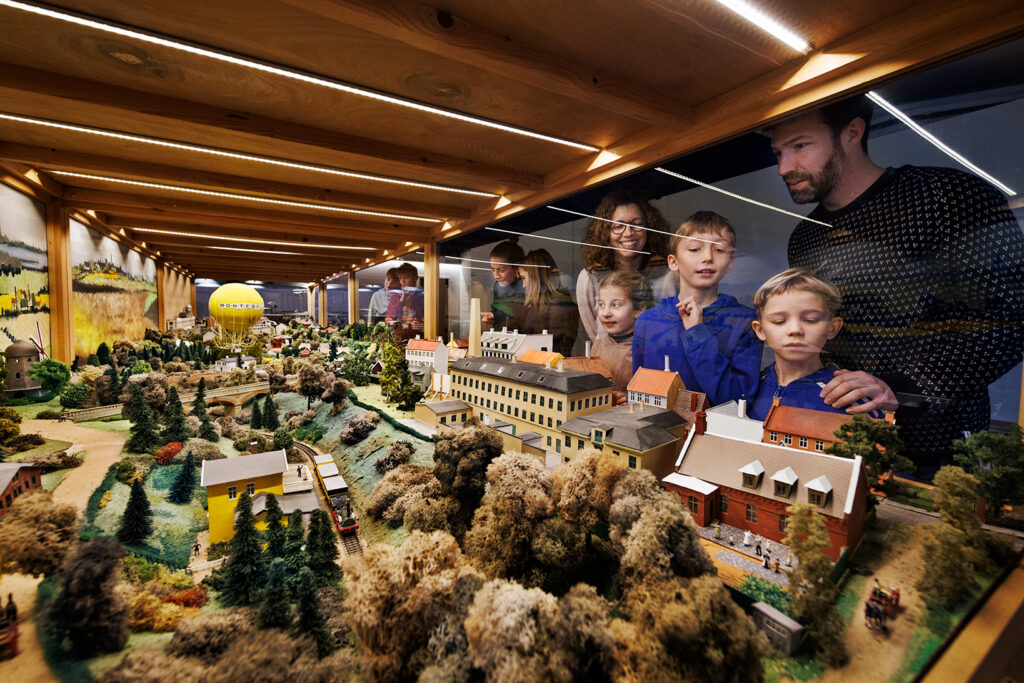
The history of Denmark in miniature
The model railway is made through a collaboration between the museum and a group of volunteers, who have now been working on the model for ten years. The build has now come so far that the Danish industrial history from 1847 up to 1960 can be displayed. You can, among other things, see Denmark’s first railway between Copenhagen and Roskilde, and a helicopter experiment by the Danish inventor Ellehammer.
On land and into the air
Our unique collection of cars represents the Danish history of motor vehicles. For instance, you can experience the Hammel Car from 1888, the first automobile of the Royal Danish Family and a Volkswagen Beetle from 1948. The museum also houses a large collection of planes. There are old propeller planes, helicopters, gliders, private aircrafts, passenger planes and many former planes of Defence Command Denmark.
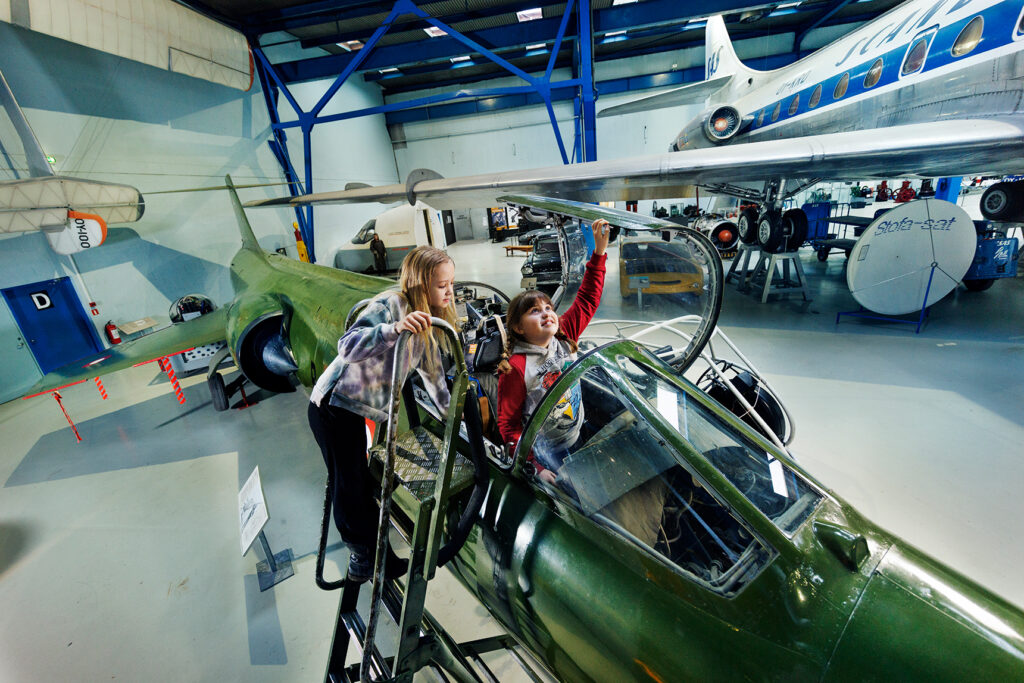
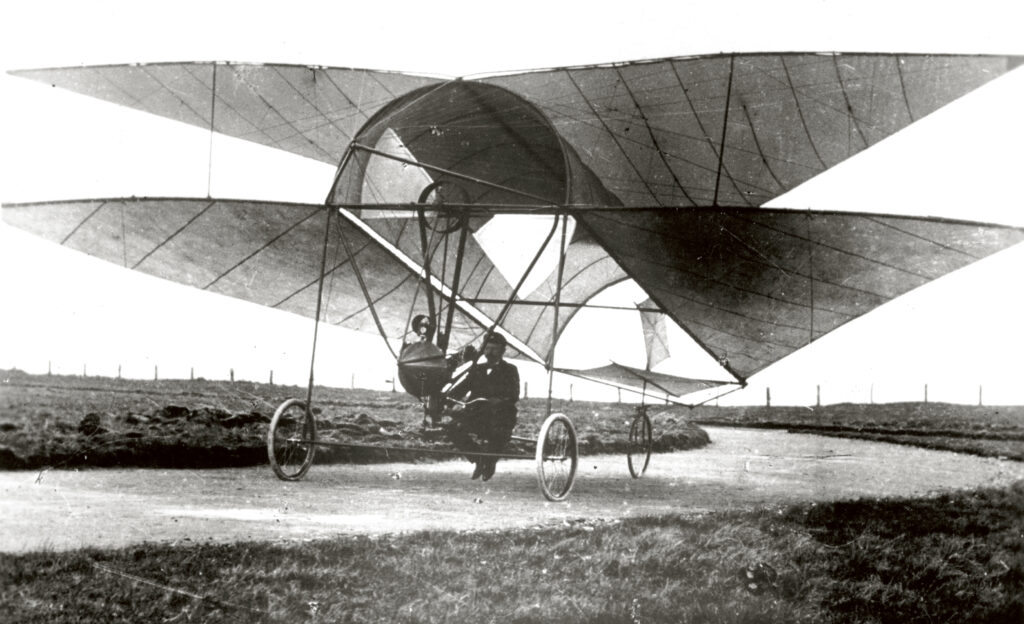
FLYING HIGH – from fantasy to real planes
In the exhibition, the fantastic story about the invention and breakthrough of a new technology is told. From the very first myths and dreams about aviation to the commercial airliners that became a reality in the interwar period. In 1910, it was completely different. Back then, aviation was new and exciting, and the Danes loved to look at young daredevils who risked their lives in tenuous planes of wood and linen with an unstable engine.
J.C.H. Ellehammer
Jacob Christian Hansen Ellehammer (1871-1946) is Denmark’s most famous inventor. He was granted 59 Danish patents and worked with a range of different things such as aviation, engines, boats for the amusement park Tivoli, firefighting and entertainment devices. Some of Ellehammer’s inventions became commercial successes, others were only an idea on a piece of paper.


This exhibition is closed
Grounding AI
(11.04.2025 – 20.10.2025)
Algorithms and artificial intelligence are becoming more and more prevalent in research and in your daily life – almost without you noticing.
It just happens. Suddenly, an update is installed, your next car automatically speeds down, your new watch tells you to stand up, your refrigerator orders new groceries, and the list could go on.
In the exhibition, you can explore all the areas of research where artificial intelligence is being used. The map, which the exhibition is built around, was created by researchers from a number of universities across Europe. The mapping shows the vastness of artificial intelligence and algorithms in research, but potentially also in your everyday life.
Around the map, you will find objects from the history of technology. The objects have been selected in collaboration between the researchers behind the map and the Danish Museum of Science and Technology. The objects serve as reminders of how the world once looked – more analog and with technology that was more dependent on us as humans. The objects allow us to reflect on the new possibilities with artificial intelligence while creating a space for discussing the role of technology in our daily lives.
About the Exhibition
The exhibition was created in collaboration between Aalborg University, TANTlab, DTU, Echolab, the University of Groningen, ADD – Algorithms, Data, and Democracy, and the Danish Museum of Science & Technology.
This exhibition is closed
What a Wonderful World?
(21.06.2025 – 10.08.2025)
Can stories of technology, a geologist’s knowledge of the climate 15 million years ago, and an artist’s perspective and approach open up new ways of thinking about – and relating to – the changes Earth is facing?
Is the Earth a Wonderful Place? is an interdisciplinary exhibition experiment where you can experience a series of performances. Here, art, climate science, and technology meet in an exploration of our relationship with landscapes, time, technology, and climate change.
The project is created by artist Maj Horn and climate researcher Kasia Śliwińska from GEUS – The Geological Survey of Denmark and Greenland – in collaboration with the Danish Museum of Science and Technology and researchers from the University of Copenhagen.
About the Exhibition
WHAT YOU CAN EXPERIENCE
We invite you to explore how humans are, and can be, more deeply connected to the Earth and the landscape, both now and in the future.
The exhibition experiment takes the form of an installation in which objects from the museum’s collection are placed in a new context – based on how they have shaped the landscape and the climate. What technologies should we carry into the future, and which belong in a museum?
At the center of the exhibition are three large bird nests, built from natural materials and electronic waste. You are invited to contribute to them with your own thoughts on the future, technology, and nature.
What happens when we shift perspective and view the past, present, and future from a pigeon’s point of view? The nests are home to pigeons, who play a central role in the installation. Unlike humans, pigeons lived on Earth 15 million years ago. Back then, atmospheric CO₂ levels were as high as they are today, and the climate was warmer. In Denmark, palm trees and giant sequoias grew. Turtles swam in the sea, and much of the landscape was covered in swampy forest.
Perhaps we can learn something by seeing our world from the perspective of a pigeon. Who knows? Through the pigeon’s eyes, you’re invited to see landscapes, technology, climate, and the future with fresh eyes.
CLIMATE CHANGE
Temperatures are rising. They have done so before – long before humans and technology existed. 15 million years ago, Denmark’s climate was warmer than today. Mammoth trees and palm trees grew, and rainfall was more than double what it is now.
Since humans began using technology, we have shaped the Earth in our image of the good life – with cities, roads, and lawns. We have transformed the landscape. But what kind of transformation do we want now? What does it mean when beaches disappear, your garden thirsts – or drowns – and the fjords suffer from oxygen depletion?
PERFORMANCE WORKSHOPS
During the exhibition period from June 21 to August 10, three performance workshops will be held with Maj Horn and Kasia Śliwińska:
• Saturday, June 21, 14:30–16:00
• Wednesday, July 2, 14:30–16:00
• Wednesday, July 9, 14:30–16:00
Click here to read more and reserve your free ticket. (Please note: the performance workshops will be conducted in Danish.)
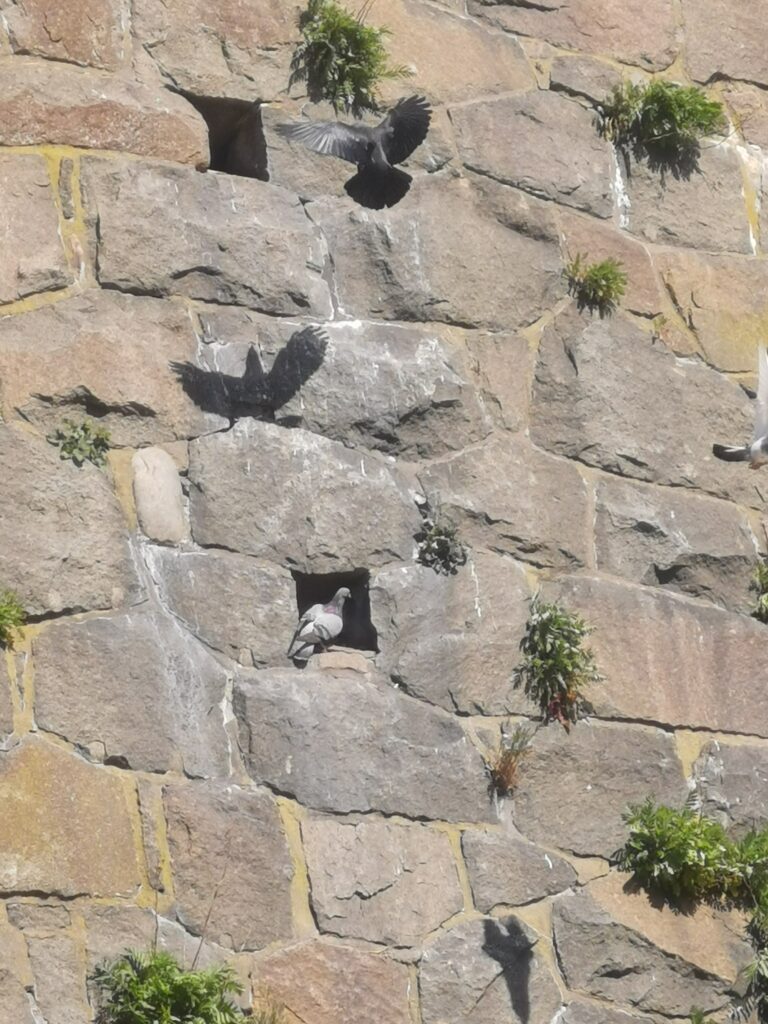
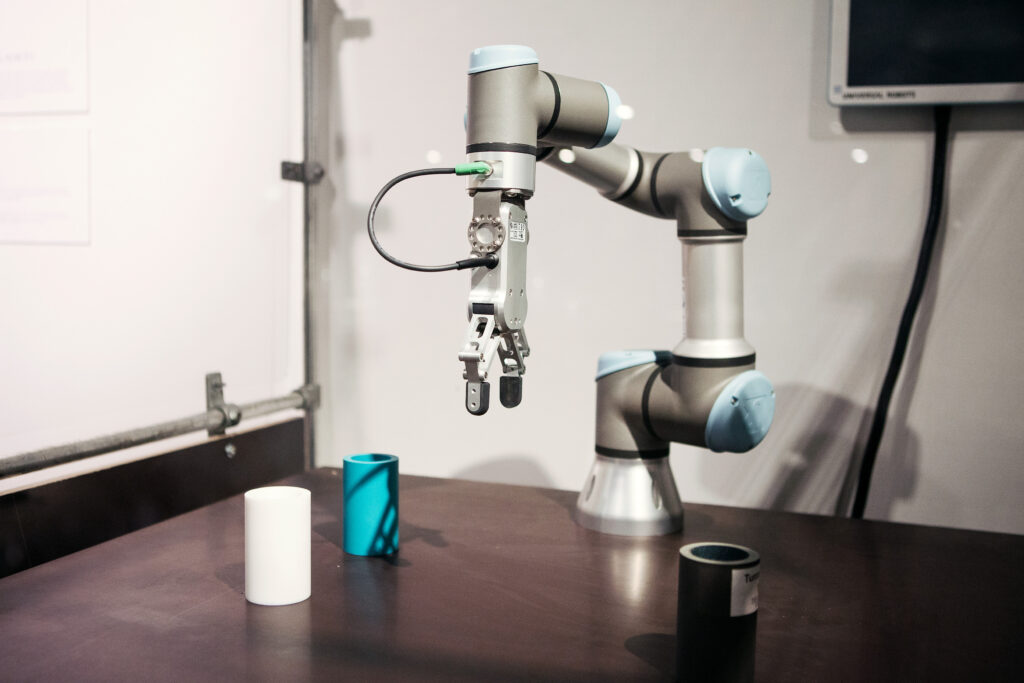
This exhibition is closed
Industry: from crafts to robots
The exhibition shows some of the decisive moments in Denmark’s development as an industrial society: From the time where everything was made by craftsmen, through the early industrialization and the post-war period, till the contemporary automation where robots play a huge role.
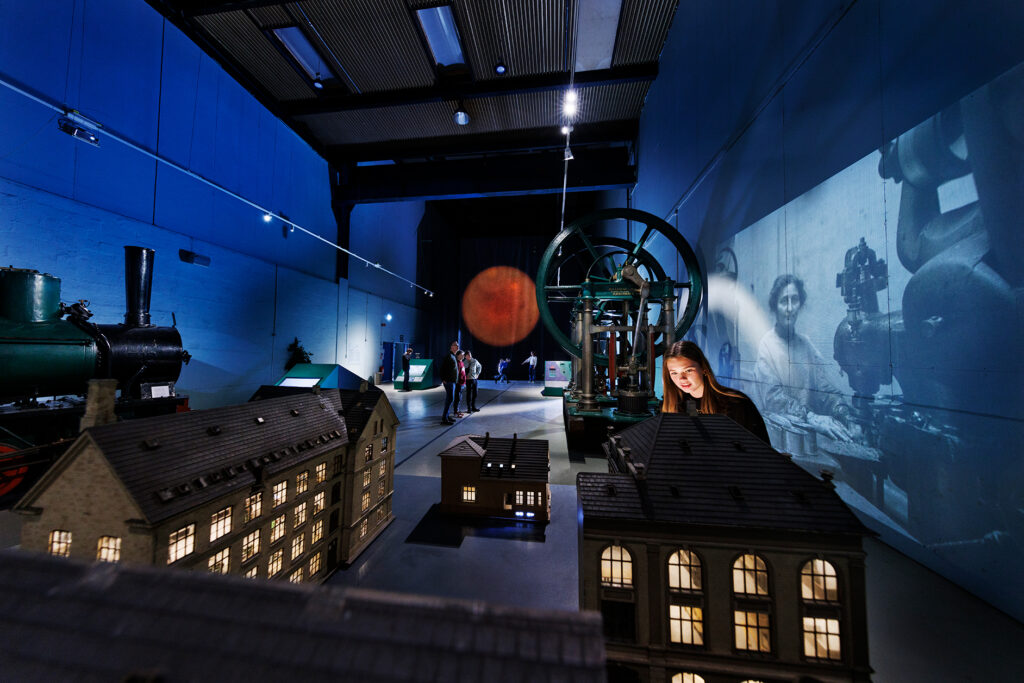
This exhibition is closed
Black energy & green hope (closed)
The exhibition travels through the history of energy production and usage and it has a view on the future landscapes of green energy. The exhibition tells the story of how coal saved the Danish forests, how electricity revolutionized our homes, and it takes you all the way to today where data usage and streaming affects the Earths’ climate.
Opening Hours and Prices
| Tuesday – Sunday | 10 – 16 |
| Children ( under 18) | FREE |
| Adults | 130 kr. |
Plan your visit
Practical information